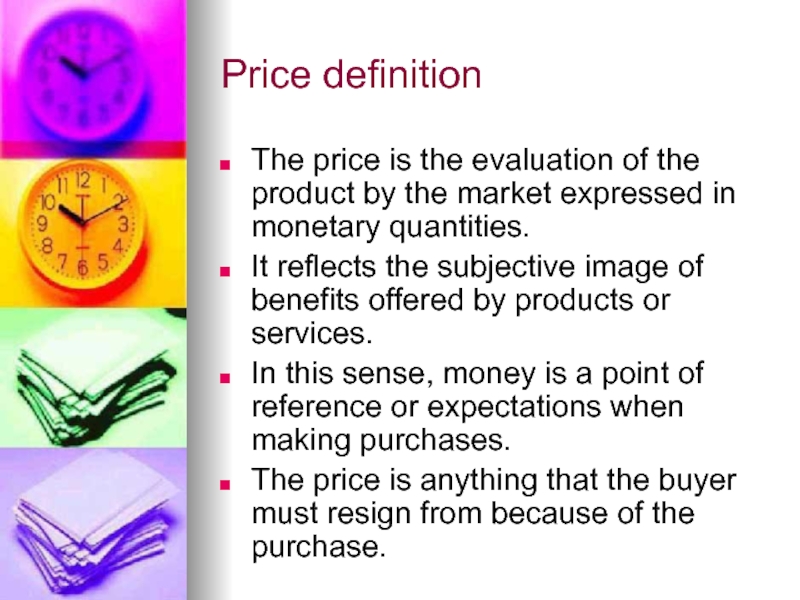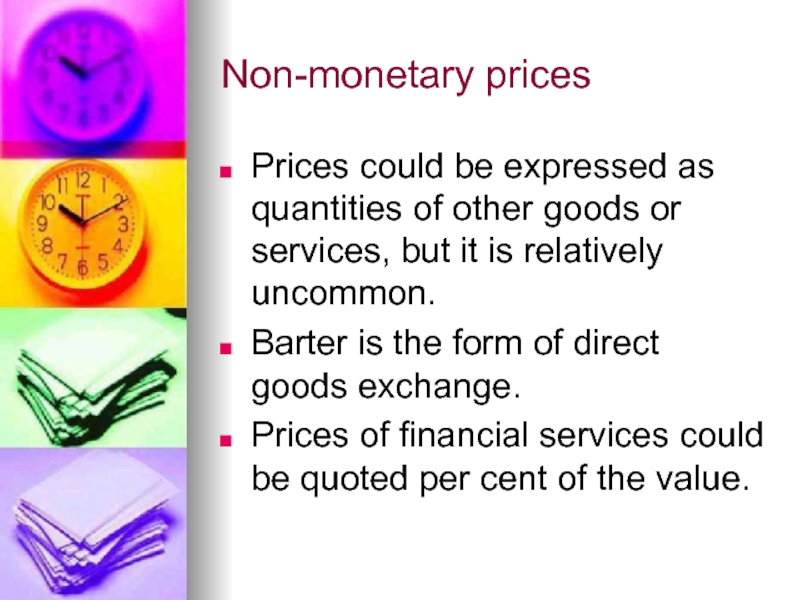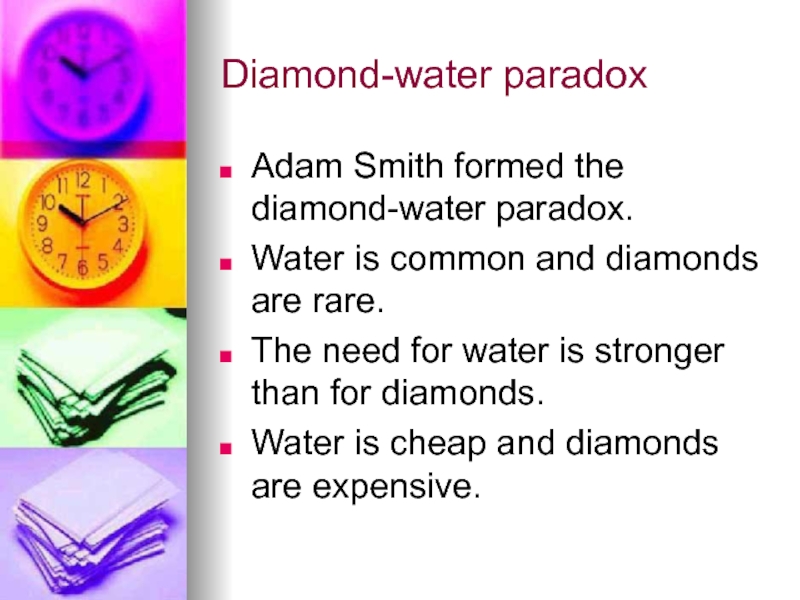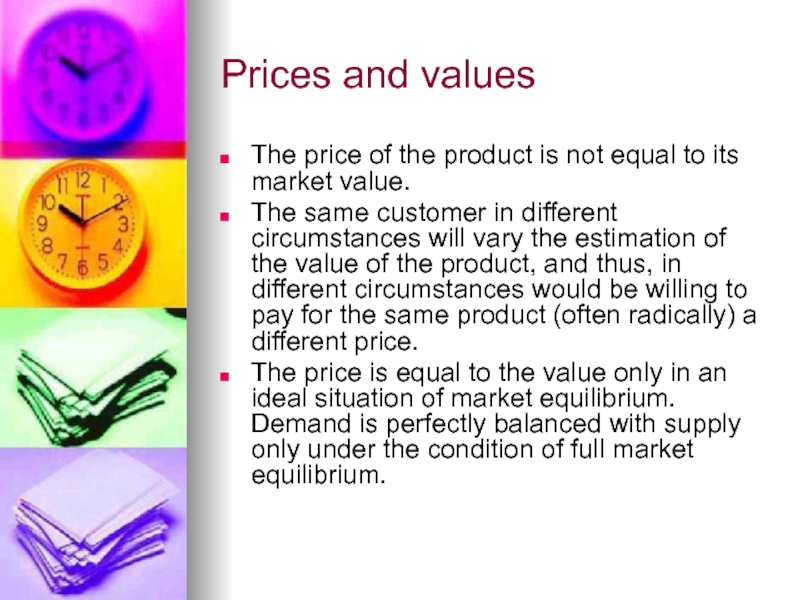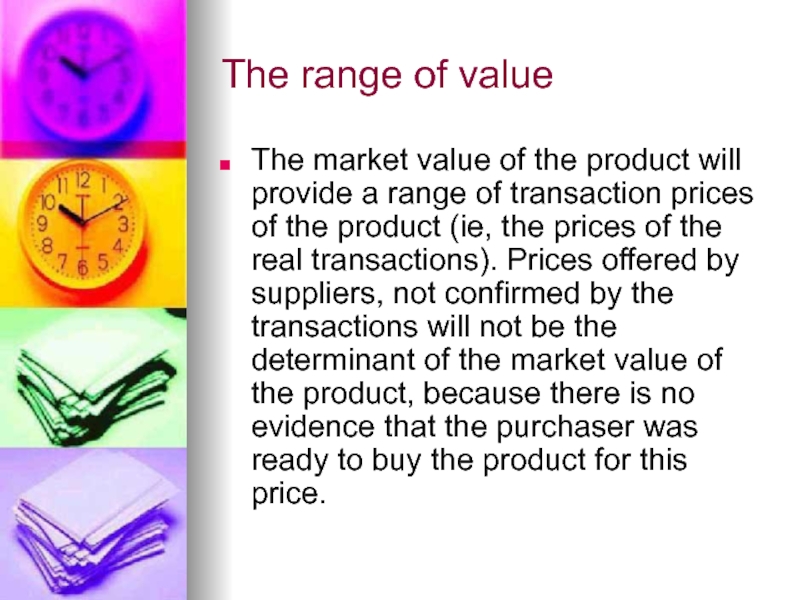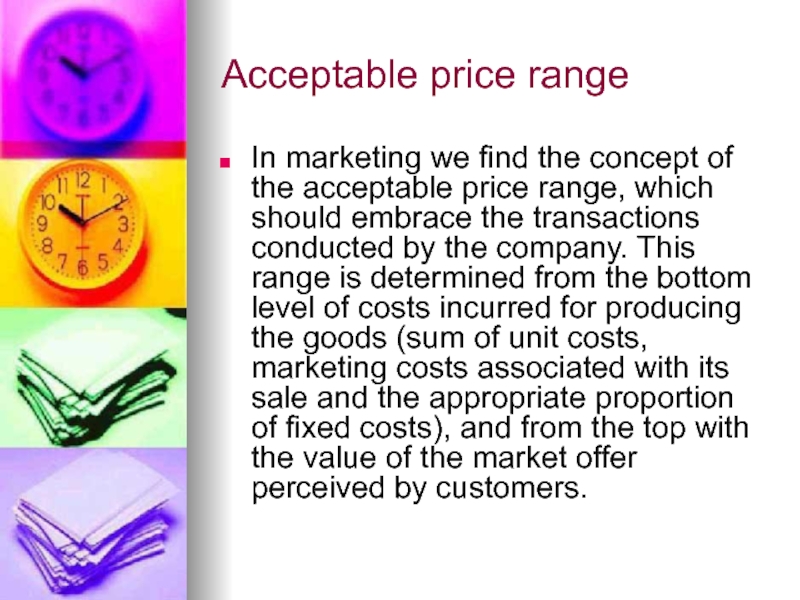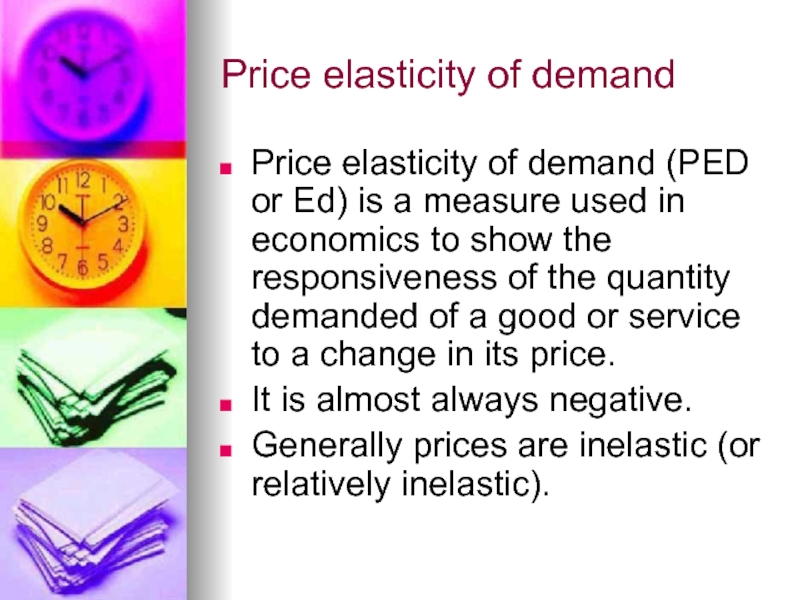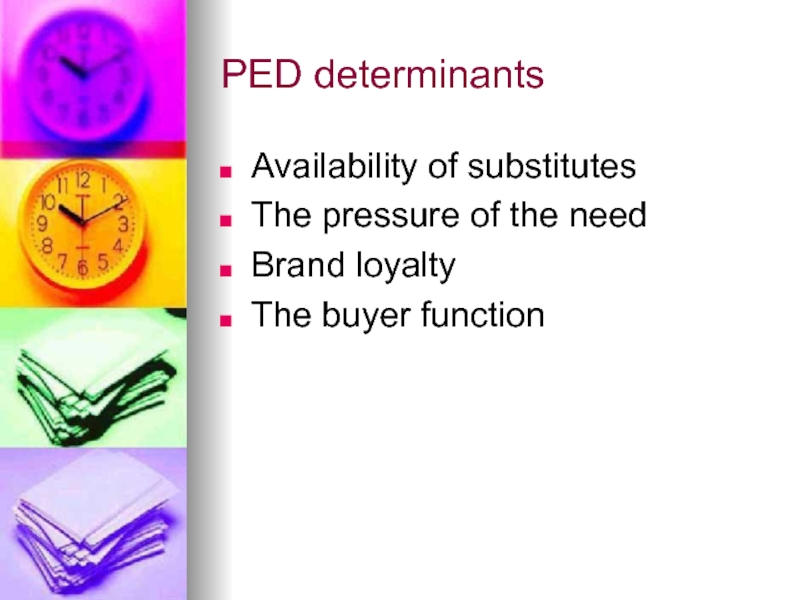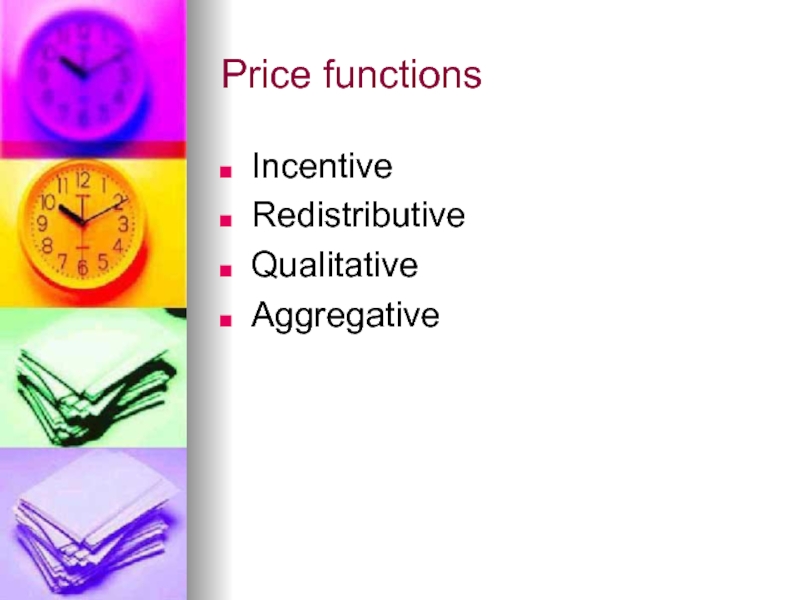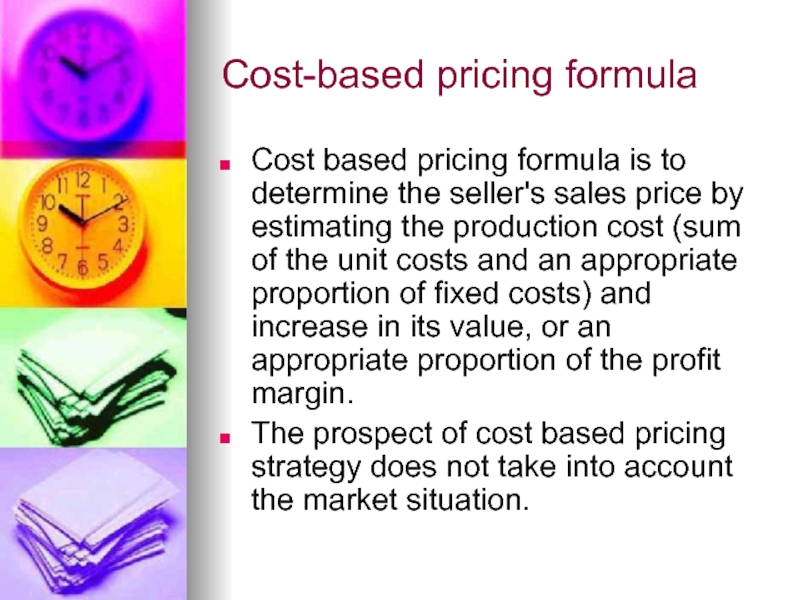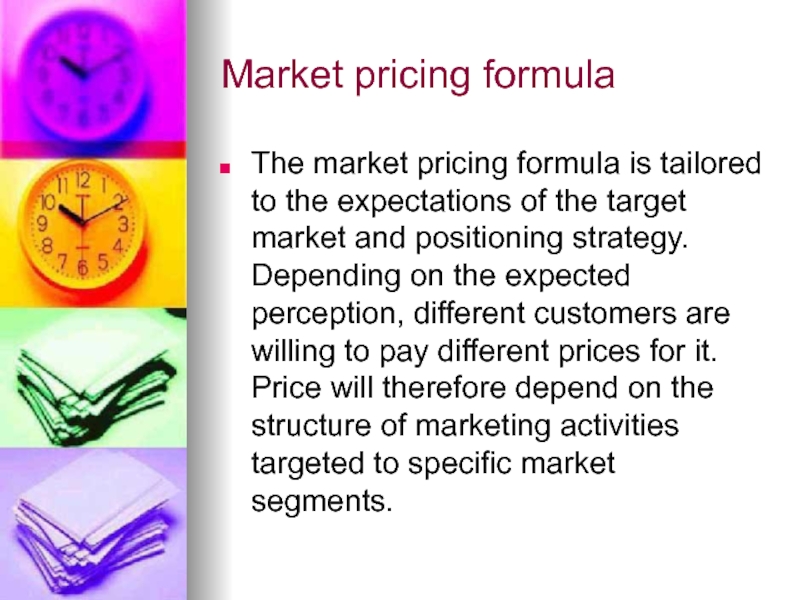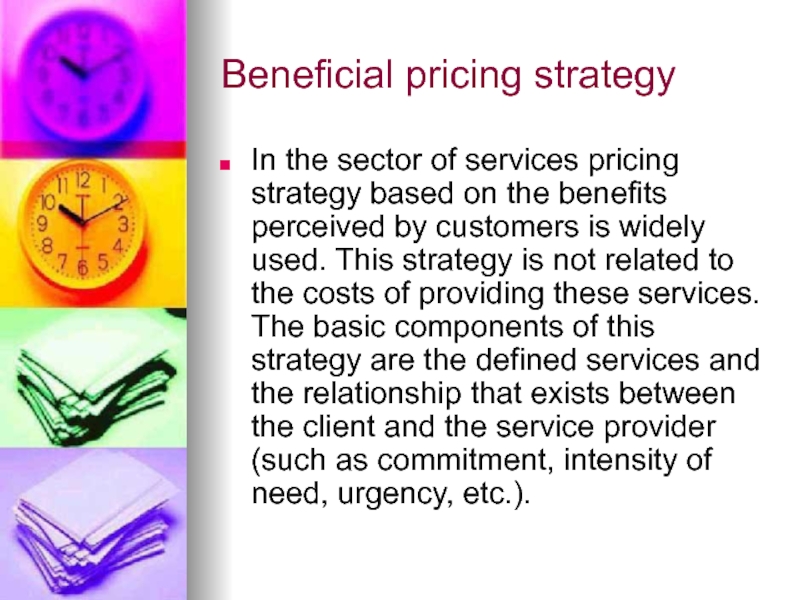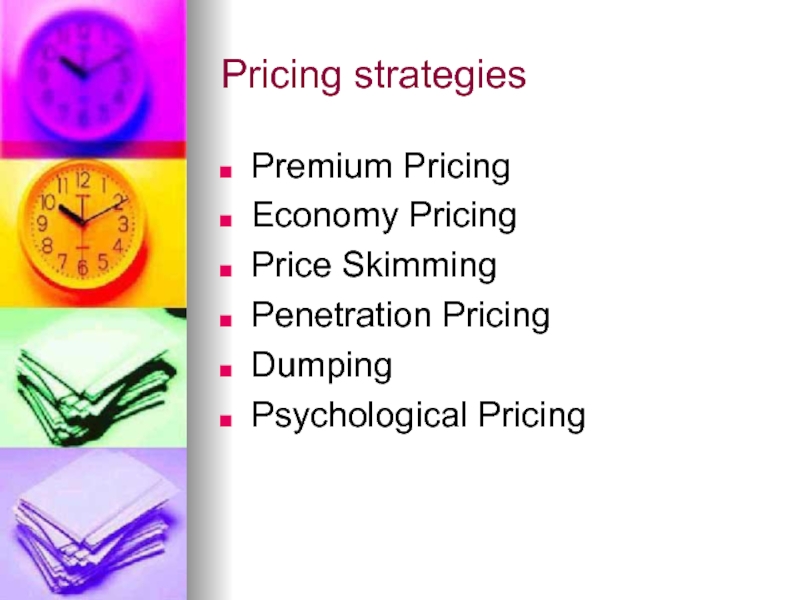- Главная
- Разное
- Дизайн
- Бизнес и предпринимательство
- Аналитика
- Образование
- Развлечения
- Красота и здоровье
- Финансы
- Государство
- Путешествия
- Спорт
- Недвижимость
- Армия
- Графика
- Культурология
- Еда и кулинария
- Лингвистика
- Английский язык
- Астрономия
- Алгебра
- Биология
- География
- Детские презентации
- Информатика
- История
- Литература
- Маркетинг
- Математика
- Медицина
- Менеджмент
- Музыка
- МХК
- Немецкий язык
- ОБЖ
- Обществознание
- Окружающий мир
- Педагогика
- Русский язык
- Технология
- Физика
- Философия
- Химия
- Шаблоны, картинки для презентаций
- Экология
- Экономика
- Юриспруденция
Price definition презентация
Содержание
- 1. Price definition
- 2. Price definition The price is the evaluation
- 3. Non-monetary prices Prices could be expressed as
- 4. Diamond-water paradox Adam Smith formed the diamond-water
- 5. Prices and values The price of the
- 6. The range of value The market value
- 7. Acceptable price range In marketing we find
- 8. Calculating prices Fixed Cost per unit =
- 9. Price elasticity of demand Price elasticity of
- 10. PED determinants Availability of substitutes The pressure of the need Brand loyalty The buyer function
- 11. Price functions Incentive Redistributive Qualitative Aggregative
- 12. Cost-based pricing formula Cost based pricing formula
- 13. Market pricing formula The market pricing formula
- 14. Competitive pricing formula The competitive pricing strategy
- 15. Beneficial pricing strategy In the sector of
- 16. Pricing strategies Premium Pricing Economy Pricing Price Skimming Penetration Pricing Dumping Psychological Pricing
Слайд 2Price definition
The price is the evaluation of the product by the
market expressed in monetary quantities.
It reflects the subjective image of benefits offered by products or services.
In this sense, money is a point of reference or expectations when making purchases.
The price is anything that the buyer must resign from because of the purchase.
It reflects the subjective image of benefits offered by products or services.
In this sense, money is a point of reference or expectations when making purchases.
The price is anything that the buyer must resign from because of the purchase.
Слайд 3Non-monetary prices
Prices could be expressed as quantities of other goods or
services, but it is relatively uncommon.
Barter is the form of direct goods exchange.
Prices of financial services could be quoted per cent of the value.
Barter is the form of direct goods exchange.
Prices of financial services could be quoted per cent of the value.
Слайд 4Diamond-water paradox
Adam Smith formed the diamond-water paradox.
Water is common and diamonds
are rare.
The need for water is stronger than for diamonds.
Water is cheap and diamonds are expensive.
The need for water is stronger than for diamonds.
Water is cheap and diamonds are expensive.
Слайд 5Prices and values
The price of the product is not equal to
its market value.
The same customer in different circumstances will vary the estimation of the value of the product, and thus, in different circumstances would be willing to pay for the same product (often radically) a different price.
The price is equal to the value only in an ideal situation of market equilibrium. Demand is perfectly balanced with supply only under the condition of full market equilibrium.
The same customer in different circumstances will vary the estimation of the value of the product, and thus, in different circumstances would be willing to pay for the same product (often radically) a different price.
The price is equal to the value only in an ideal situation of market equilibrium. Demand is perfectly balanced with supply only under the condition of full market equilibrium.
Слайд 6The range of value
The market value of the product will provide
a range of transaction prices of the product (ie, the prices of the real transactions). Prices offered by suppliers, not confirmed by the transactions will not be the determinant of the market value of the product, because there is no evidence that the purchaser was ready to buy the product for this price.
Слайд 7Acceptable price range
In marketing we find the concept of the acceptable
price range, which should embrace the transactions conducted by the company. This range is determined from the bottom level of costs incurred for producing the goods (sum of unit costs, marketing costs associated with its sale and the appropriate proportion of fixed costs), and from the top with the value of the market offer perceived by customers.
Слайд 8Calculating prices
Fixed Cost per unit = Total Fixed Cost / Units
Produced
Variable Cost per unit = Total Variable Costs / Units Produced
Selling Price = Fixed Cost per unit + Variable Cost per unit + Desired Profit Margin
Variable Cost per unit = Total Variable Costs / Units Produced
Selling Price = Fixed Cost per unit + Variable Cost per unit + Desired Profit Margin
Слайд 9Price elasticity of demand
Price elasticity of demand (PED or Ed) is
a measure used in economics to show the responsiveness of the quantity demanded of a good or service to a change in its price.
It is almost always negative.
Generally prices are inelastic (or relatively inelastic).
It is almost always negative.
Generally prices are inelastic (or relatively inelastic).
Слайд 10PED determinants
Availability of substitutes
The pressure of the need
Brand loyalty
The buyer function
Слайд 12Cost-based pricing formula
Cost based pricing formula is to determine the seller's
sales price by estimating the production cost (sum of the unit costs and an appropriate proportion of fixed costs) and increase in its value, or an appropriate proportion of the profit margin.
The prospect of cost based pricing strategy does not take into account the market situation.
The prospect of cost based pricing strategy does not take into account the market situation.
Слайд 13Market pricing formula
The market pricing formula is tailored to the expectations
of the target market and positioning strategy. Depending on the expected perception, different customers are willing to pay different prices for it. Price will therefore depend on the structure of marketing activities targeted to specific market segments.
Слайд 14Competitive pricing formula
The competitive pricing strategy takes into account the prices
offered by our competitors on the market, but with regard to the position of our product on the market and the value of our brand.
Слайд 15Beneficial pricing strategy
In the sector of services pricing strategy based on
the benefits perceived by customers is widely used. This strategy is not related to the costs of providing these services. The basic components of this strategy are the defined services and the relationship that exists between the client and the service provider (such as commitment, intensity of need, urgency, etc.).

